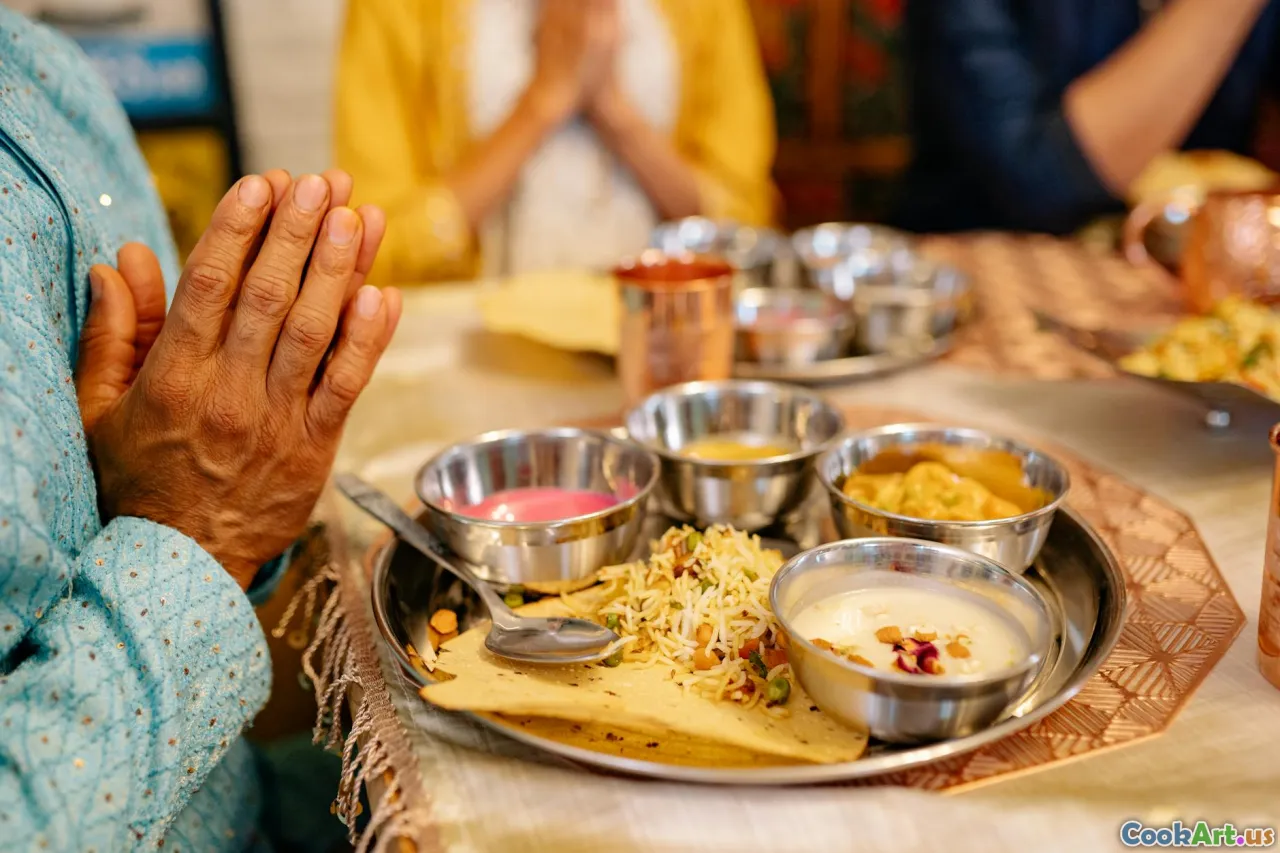Festive Foods: Traditions Through Time
6 min read Explore the rich tapestry of festive foods and their cultural significance through history, highlighting traditions that connect us all. April 05, 2025 19:00
Festive Foods: Traditions Through Time
Food has always been a cornerstone of human culture, serving not just as sustenance but as a means of celebrating significant moments in our lives. From weddings to harvest festivals, every culture has its unique culinary traditions that resonate through time. In this exploration of festive foods, we will delve into the historical significance, preparation techniques, and the emotional connections these dishes foster across generations.
The Significance of Festive Foods
Festive foods often symbolize abundance, community, and heritage. They are prepared with care and are often passed down through generations, each family adding its flair to traditional recipes. For instance, during Thanksgiving in the United States, turkey is more than just a meal; it represents gratitude, family togetherness, and the harvest season.
In India, during Diwali, the festival of lights, families prepare sweets like Gulab JamunandLadoo to share with loved ones, symbolizing the victory of light over darkness and good over evil. The act of cooking and sharing these dishes strengthens familial bonds and cultural identity, showcasing the deep-rooted connections between food and tradition.
Culinary Techniques Through Time
The preparation of festive foods often involves traditional cooking methods that have been preserved through centuries. Take, for example, the tandoor cooking method used in South Asian cuisines. The clay oven, which dates back thousands of years, is still used today to prepare naan and tandoori meats, embodying a technique that has stood the test of time.
Similarly, the art of fermentation, evident in dishes like Korean Kimchi, showcases how ancient preservation methods have evolved while remaining integral to cultural identity. These techniques not only enhance flavors but also connect us to our ancestors, reminding us of the ingenuity required for food preservation in times of scarcity.
Ingredients that Tell Stories
Many festive dishes are characterized by specific ingredients, each carrying its symbolism. For instance, in Chinese culture, eating noodlesduring the Lunar New Year signifies longevity and good fortune. Thepomegranate, with its many seeds, is often associated with prosperity and fertility in Mediterranean cultures.
Moreover, spices play a pivotal role in festive cooking, with regions like the Middle East and Southeast Asia being renowned for their complex spice blends that tell stories of trade and cultural exchanges. The use of saffron in Persian rice dishes not only adds a luxurious flavor but also reflects the historical trade routes that influenced culinary practices across continents.
Celebratory Dishes Around the World
Each culture has its hallmark festive dish that encapsulates its culinary heritage:
- Tamales in Mexico during Christmas symbolize unity and community as families come together to prepare them.
- Kugel in Jewish tradition during Hanukkah represents family and the warmth of home.
- Panettone, a sweet bread loaf from Italy, is synonymous with Christmas, showcasing the fusion of flavors from its diverse Italian regions.
These dishes not only nourish the body but also the soul, serving as a reminder of shared histories and cultural pride.
The Evolution of Festive Foods
While many festive foods remain unchanged, others have evolved to adapt to modern tastes and dietary restrictions. The growing popularity of vegetarian and vegan diets has led to innovative interpretations of traditional dishes without compromising their cultural significance. For instance, many families are now preparing vegan versions of tamales, ensuring that everyone can partake in the festivities.
Additionally, globalization has introduced fusion cuisines, where traditional recipes are blended with new ingredients and techniques, creating exciting new dishes that reflect our interconnected world. This evolution is a testament to the resilience of culinary traditions and their ability to adapt while retaining their essence.
Conclusion
Festive foods are more than just meals; they are a celebration of life, love, and community. They tell stories of our past, connect us to our roots, and bridge generational divides. As we continue to celebrate various festivals around the world, let us honor these traditions and the culinary practices that enrich our lives. Whether you are savoring herbed roast lamb during Easter, pan de muerto during Día de los Muertos, or biryani during Eid, you are partaking in a rich tapestry of cultural heritage that has evolved through time yet remains timeless in its significance.









